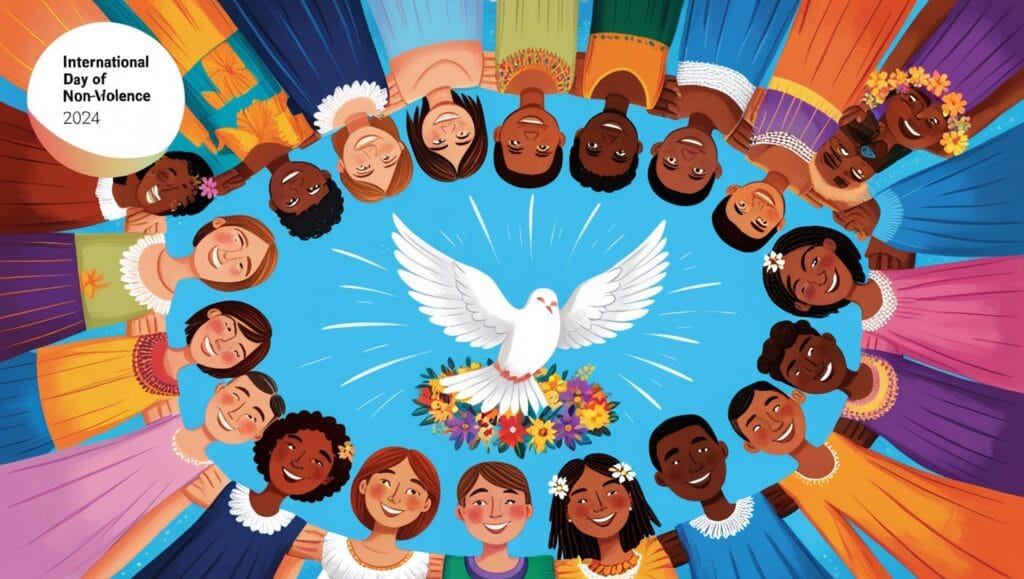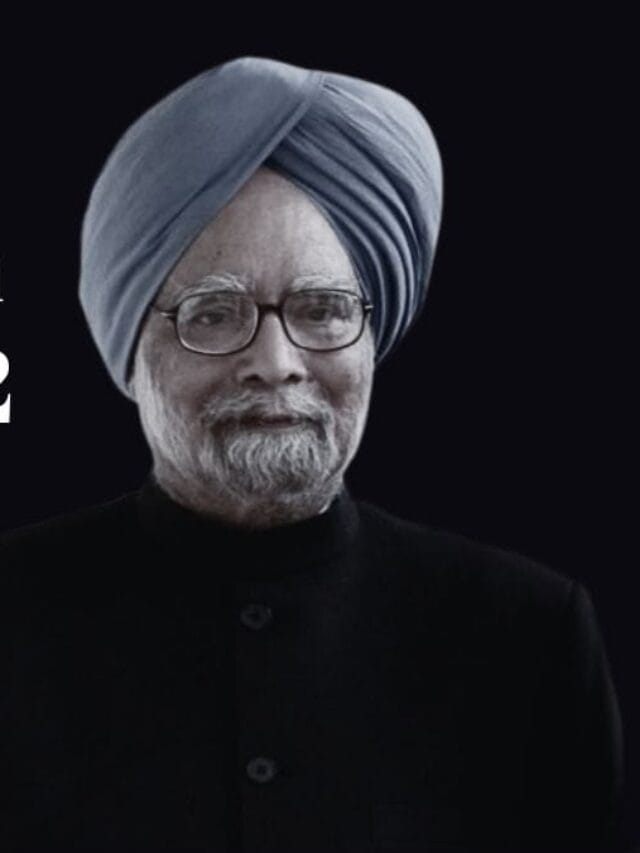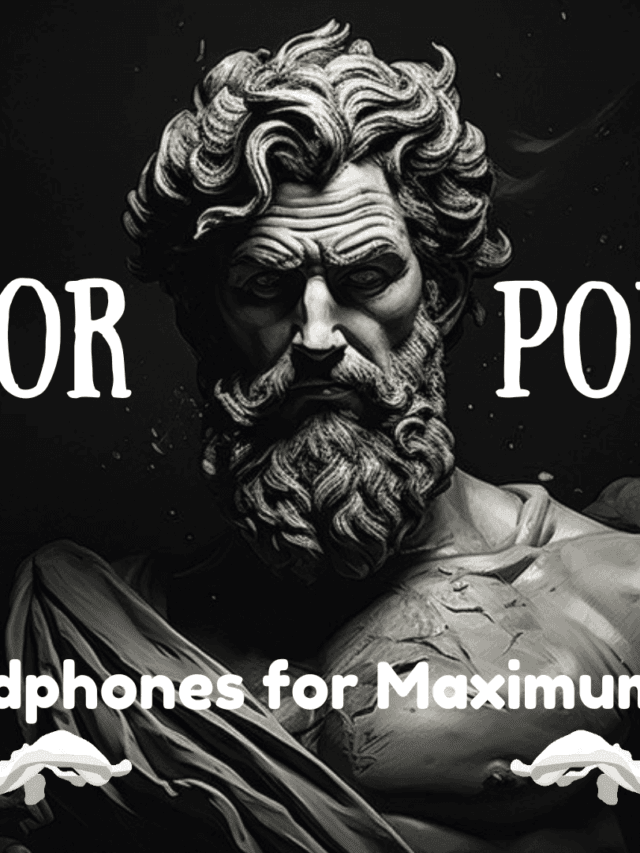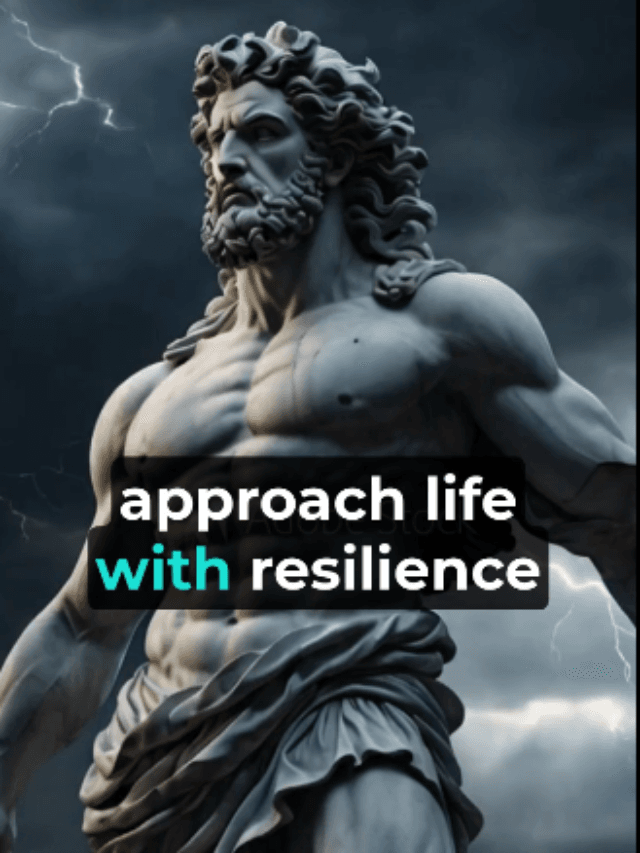

The International Day of Non-Violence, observed annually on October 2nd, is a global reminder of the power of peace and the philosophy of non-violence. It honors the teachings of Mahatma Gandhi, a leading figure in promoting non-violent resistance and social change. This day invites individuals, communities, and nations to recognize the importance of non-violence and actively contribute to creating a more peaceful world.
Introduction to the International Day of Non-Violence
What is the International Day of Non-Violence?
The International Day of Non-Violence is an initiative led by the United Nations to spread awareness of non-violent methods in solving conflicts, promoting human rights, and achieving lasting peace. It serves as a reminder that peace can be achieved without violence, and that dialogue, understanding, and patience are powerful tools for change.
Why is it Celebrated on October 2nd?
October 2nd was chosen for this observance because it is the birthday of Mahatma Gandhi, the pioneer of non-violent activism. Known for his role in leading India to independence from British rule through peaceful protests and civil disobedience, Gandhi’s legacy continues to inspire millions worldwide. His commitment to ahimsa, or non-harm, has cemented his place as a symbol of peace.
The Significance of Mahatma Gandhi in Promoting Non-Violence
Gandhi’s influence extends far beyond India. His philosophy of non-violence has inspired global leaders such as Martin Luther King Jr. and Nelson Mandela, and it has become a guiding principle for movements that seek justice without resorting to violence. The International Day of Non-Violence serves as a tribute to his enduring contributions.
The Historical Roots of Non-Violence
Non-Violence in Ancient Philosophy and Religion
Non-violence, or ahimsa, has deep roots in many ancient cultures, religions, and philosophies. Hinduism, Buddhism, and Jainism all preach the importance of living a life without causing harm to others. In the West, early Christian teachings emphasized turning the other cheek, promoting peace over conflict. These ancient principles laid the groundwork for modern non-violent movements.
The Influence of Non-Violence in Major Movements Worldwide
The principle of non-violence gained global prominence in the 20th century, particularly through Gandhi’s leadership in India. His approach influenced other movements such as the Civil Rights Movement in the United States, where Martin Luther King Jr. used non-violent protests to challenge racial segregation and inequality. Non-violent resistance has since been adopted by various groups fighting for social justice, environmental causes, and political reform.
The United Nations and the Adoption of International Day of Non-Violence
When and Why the UN Established the Day
In 2007, the United Nations General Assembly officially established October 2nd as the International Day of Non-Violence, recognizing the critical need for a global celebration of peace. The day aims to reaffirm the importance of non-violence as a way to reduce violence and promote peaceful solutions to disputes on a global scale.
UN’s Role in Promoting Peace and Non-Violence Worldwide
The UN plays a significant role in advancing peace initiatives through diplomacy, conflict resolution, and humanitarian work. By designating the International Day of Non-Violence, the UN encourages governments and organizations to adopt non-violent methods in addressing global issues such as war, terrorism, and human rights violations.
Mahatma Gandhi’s Principles of Non-Violence
Gandhi’s Philosophy of Satyagraha
Satyagraha, meaning “truth-force” or “soul-force,” is Gandhi’s concept of non-violent resistance. This philosophy emphasizes the power of truth and the importance of maintaining moral integrity in the fight for justice. For Gandhi, non-violence was not merely a tactic but a way of life that required patience, self-discipline, and compassion for all living beings.
How Gandhi’s Ideals Inspired Global Leaders
Gandhi’s principles of non-violence resonated with civil rights leaders around the world. Martin Luther King Jr. adapted these principles to lead peaceful protests against racial discrimination in America. Similarly, Nelson Mandela’s anti-apartheid struggle in South Africa was deeply influenced by Gandhi’s non-violent approach. These leaders proved that non-violence could topple even the most oppressive systems.
The Lasting Impact of Gandhi’s Non-Violent Resistance
Gandhi’s enduring impact is visible in modern movements for civil rights, social justice, and environmental causes. His philosophy serves as a blueprint for those who seek change through peaceful means, reinforcing the idea that non-violence is a powerful tool for challenging injustice.
Modern Interpretations of Non-Violence
Non-Violence in Conflict Resolution Today
In today’s global landscape, non-violence remains a critical approach to resolving conflicts. Diplomats, peace organizations, and grassroots activists emphasize dialogue, negotiation, and mediation as alternatives to violence in addressing international disputes and domestic issues.
The Role of Non-Violence in Social Justice Movements
Movements such as Black Lives Matter and Extinction Rebellion continue to advocate for non-violent protests to draw attention to systemic issues. These movements show that non-violent resistance remains relevant in addressing modern challenges, from racial inequality to climate change.
How the International Day of Non-Violence is Celebrated Around the World
Peace Marches and Community Events
On this day, many communities organize peace marches, vigils, and public gatherings to promote the message of non-violence. These events often involve speeches, performances, and discussions about ways to foster peace within local communities and globally.
Educational Initiatives and Workshops on Non-Violence
Schools, universities, and organizations hold workshops and lectures that educate people about the history of non-violence and its application in modern society. These initiatives encourage individuals to integrate non-violent practices into their daily lives and conflict resolution strategies.
The Role of Social Media in Spreading the Message
In the digital age, social media platforms play a significant role in amplifying the message of non-violence. Hashtags, online campaigns, and virtual events help reach a global audience, making it easier for people to participate in and promote peace initiatives.
Non-Violence in Daily Life: How You Can Contribute
Practicing Non-Violence in Personal Relationships
Non-violence isn’t just a political strategy; it’s a way of interacting with others. In personal relationships, practicing empathy, active listening, and patience can help reduce conflicts and promote understanding.
Non-Violence in the Workplace: Fostering Respect and Compassion
A non-violent approach in the workplace involves creating an environment of respect and compassion. This can be achieved by promoting open communication, addressing issues without aggression, and resolving disputes through dialogue.
Promoting Non-Violence in Schools and Communities
Teaching children and young adults about non-violence helps foster a culture of peace from a young age. Schools can promote these values through anti-bullying programs, conflict resolution training, and community-building activities.
Challenges to Non-Violence in the Modern World
The Rise of Violence and Conflict in Global Politics
While non-violence has made significant strides, the modern world still faces challenges such as violent extremism, political conflict, and terrorism. Advocates for non-violence must find new ways to address these rising threats and promote peaceful solutions.
Addressing Violent Extremism with Non-Violent Methods
Non-violent approaches to combating violent extremism focus on addressing underlying causes such as poverty, inequality, and political repression. Community engagement and education are crucial in preventing the spread of extremist ideologies.
The Role of Education in Fostering a Culture of Non-Violence
Teaching Non-Violence in Schools and Universities
Educational institutions play a pivotal role in instilling non-violent principles. By teaching history, ethics, and conflict resolution, schools can help shape future generations that are committed to peaceful problem-solving.
The Importance of Media and Public Discourse in Promoting Non-Violence
Media has the power to influence public opinion and promote peace. Responsible journalism, documentaries, and public discussions that highlight the successes of non-violent movements can inspire more individuals to adopt peaceful methods in their own lives.
How Non-Violence Can Shape the Future
Building a Global Culture of Peace
As non-violence continues to spread across communities and nations, there is hope that a global culture of peace can be achieved. Through education, activism, and personal commitment, we can move towards a future where conflicts are resolved without violence.
Non-Violence as a Strategy for Sustainable Development
Non-violence is not just about ending war—it’s about building a sustainable future. By addressing social and economic inequalities, promoting justice, and ensuring environmental stewardship, non-violence can be a tool for achieving long-term, sustainable development.
Conclusion: The Continuing Relevance of Non-Violence
The International Day of Non-Violence reminds us of the power of peaceful action in a world often plagued by conflict. As we continue to celebrate this day, it is crucial to reflect on how non-violence can be applied in our daily lives and how it can help solve some of the world’s most pressing problems. Mahatma Gandhi’s legacy lives on, not just in history books, but in every action taken to promote peace, understanding, and justice.
What is the main purpose of the International Day of Non-Violence?
The primary purpose is to promote awareness of non-violent principles and encourage peaceful solutions to global and local conflicts.
How did Mahatma Gandhi influence the observance of this day?
Mahatma Gandhi’s philosophy of non-violent resistance inspired the creation of the day, which coincides with his birthday, October 2nd.
How do schools participate in the International Day of Non-Violence?
Schools often participate by organizing workshops, educational programs, and peace-related activities that teach students about non-violence.
How can individuals practice non-violence daily?
Individuals can practice non-violence by fostering patience, empathy, and understanding in their personal relationships, workplace, and community interactions.
What are the global challenges to promoting non-violence today?
Challenges include rising political conflict, violent extremism, and societal inequalities, which require innovative non-violent strategies to address effectively.
Read our latest articles: https://genzfitness.in/
Free stock market course for Genz– https://genzfitness.in/free-stock-market-course-for-genz-4-formulas/
Best Book to read in 2024- https://eatyourproblems.store/





